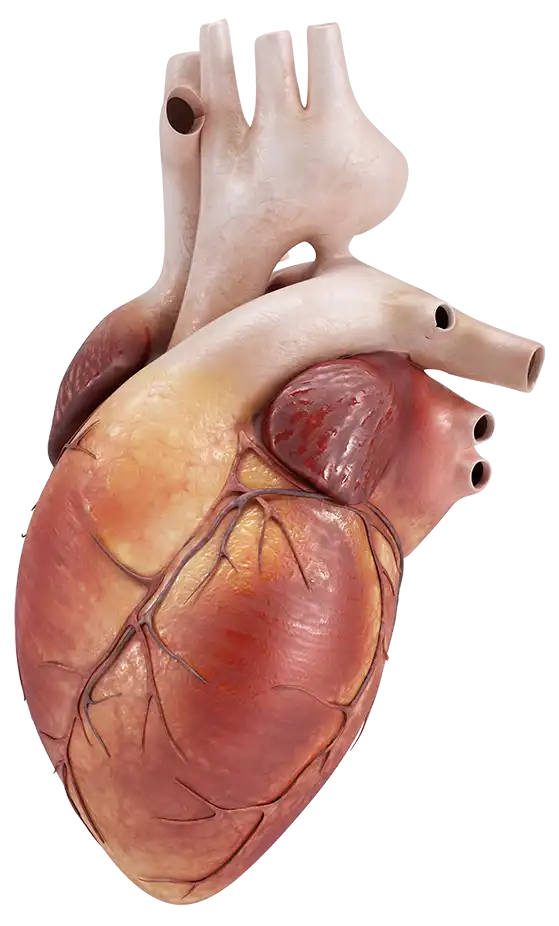Coronary artery imaging or coronary angiography is a way to diagnose and relieve coronary heart disease. This method uses X-rays to look at the arteries of the heart.





Angiography is an X-ray imaging procedure. In this method, a contrast agent enters the heart or blood vessels. In order to have an angiography, doctor will insert a heart catheter into your body. The tip of the catheter will be directed to the left ventricle or to the entrance of the coronary artery. An iodinated contrast agent is then injected into the body so that the doctor can observe the blood flow inside these structures. Some people are allergic to iodine-containing dyes. You may feel warm when this color enters the left ventricle.
Angiography shows how the heart is pumping, the shape of the heart and the internal parts of the heart, and also shows whether the malfunction of the heart valves has led to narrowing or failure of the valve.
If a contrast agent enters the coronary arteries of the heart, angiography shows whether the narrowing or blockage of these arteries has reduced or stopped the flow of blood.
In terms of the price of health services, Healtha aims to offer the most competitive prices with other countries so that the price of Healtha services is much lower than the price of similar services around the world.
In this section, you can watch videos related to your treatment.
These videos are just a small part of a big change in Healtha.
Our patients’ experience of Healtha treatment
Do not do strenuous exercise and do not lift, pull, or push anything heavy until your doctor says it is okay. This may be for a day or two. You can walk around the house and do light activity, such as cooking. If the catheter was placed in your groin, try not to walk up stairs for the first couple of days.
Patients with heart attack (acute myocardial infarction) are usually sent to the catheterization lab, but in stable, non-acute patients with chest pain, unnecessary coronary angiograms should be avoided in order to reduce risk of complications in patients. This would also provide significant financial savings
An angiogram can show if your coronary arteries are narrowed, where they are narrowed, and by how much. It can help your doctor see if a change in treatment—such as medicines, angioplasty, or coronary artery bypass surgery—can improve your angina or lower your risk of heart attack or death from heart problems.
Truly normal coronary arteries do not progress to significant disease within a time frame of 4 years. Repeat coronary angiography within that period is probably not indicated.
If your doctor finds a blockage during your coronary angiogram, it’s possible he or she may decide to perform angioplasty and stenting immediately after the angiogram while your heart is still catheterized.
Read Also
Read Also
No. 326, St. Khaje Nasir , St. Shariati Tehran , Iran
info @ healtha.health
+98 910 398 2050
© 2024 Healtha Corporate . All rights reserved.
If you are seeking advice or treatment from Healtha
Please fill in the submission form and send it .
Rest assured that you will be contacted by Healtha at the earliest opportunity without wasting time .